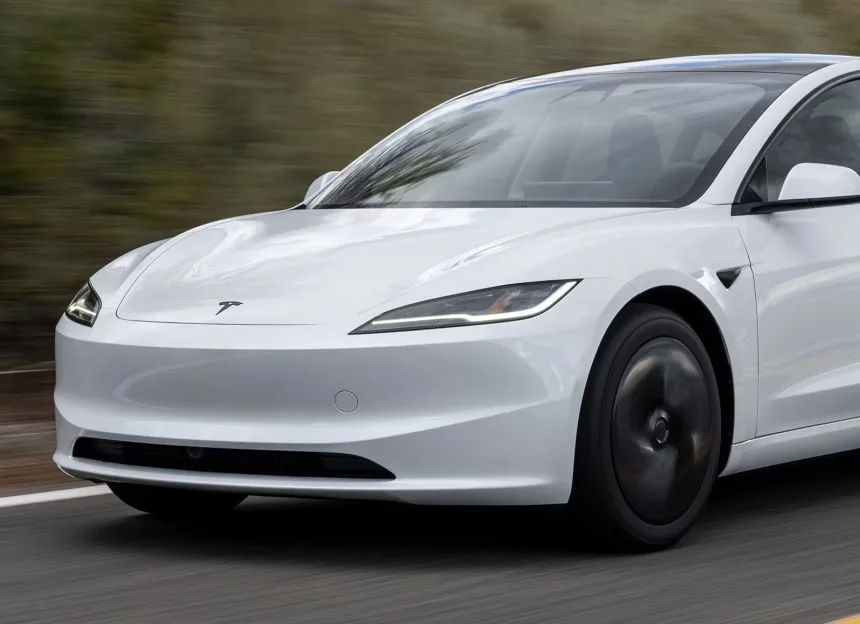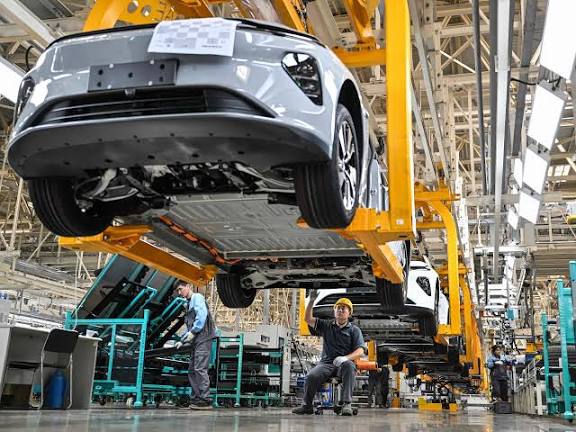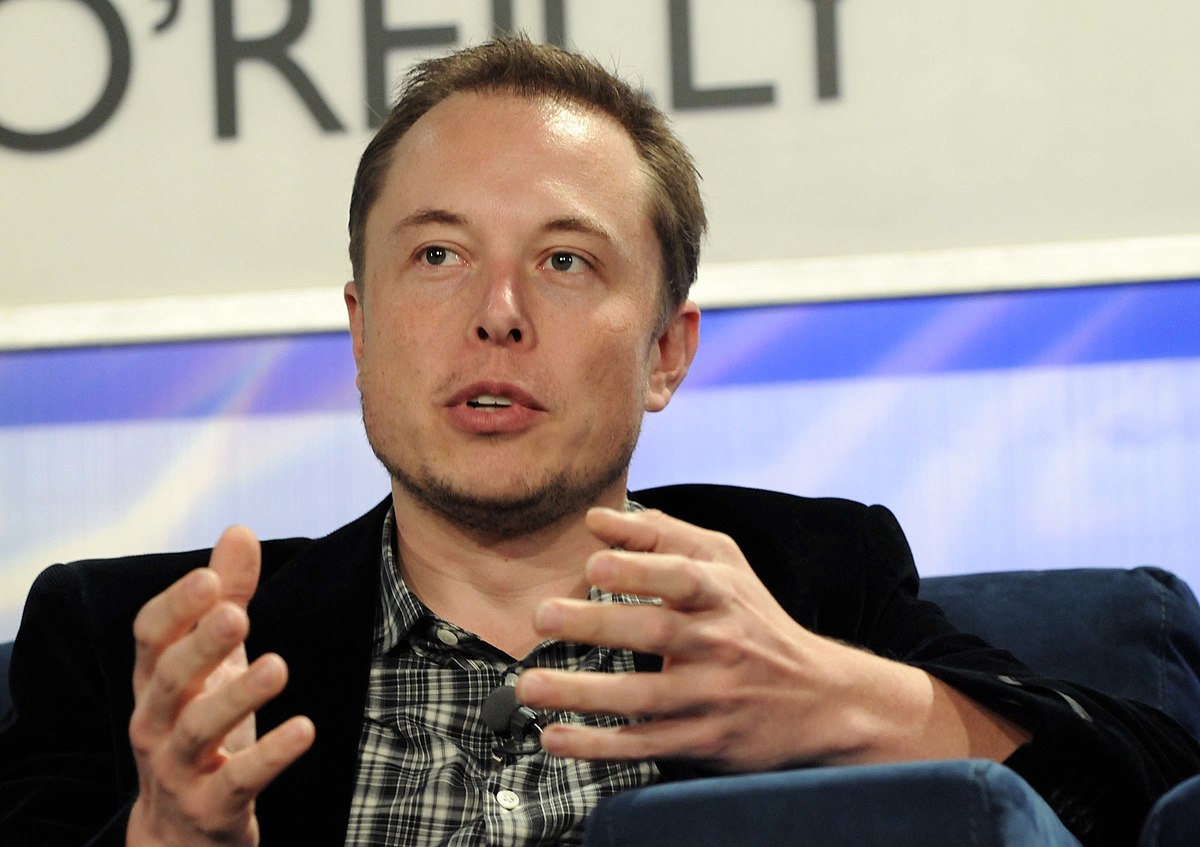How much will Tesla’s new Model 3 and Model Y Standard versions cost?

tesla model y
In a move that’s shaking up the electric vehicle (EV) landscape once again, Tesla has officially introduced lower-cost versions of its two flagship models — the Model 3 Standard and Model Y Standard — as the company adjusts to a post–tax credit market. The announcement follows the expiration of the $7,500 federal tax credit for most Tesla buyers in the United States, signaling a new phase for the EV pioneer.
According to Tesla, the Model 3 Standard will start at $38,630, including destination and order fees, and is expected to be available between December 2024 and January 2025. The Model Y Standard, slightly larger and sportier, will launch earlier, arriving in showrooms between November and December 2024, with a starting price of $41,630. Both models were unveiled directly on CEO Elon Musk’s platform, X (formerly Twitter), marking yet another digital-first rollout for the automaker.
A More Affordable Tesla for a Tougher Market
The new “Standard” trims come in roughly $5,000–$5,500 cheaper than their “Premium” counterparts, offering budget-conscious buyers a more accessible path into Tesla ownership. However, the lower price tag does come with a few compromises. The Model 3 Standard and Model Y Standard feature fewer amenities — no second-row touchscreen, fewer speakers (seven instead of 15), and a cloth interior rather than the cloth-and-microsuede blend featured in premium trims.
Performance-wise, the Standard editions won’t accelerate quite as quickly as the Premium models and will feature passive shock absorbers instead of the “frequency-dependent” suspension system. Their driving range per charge will also be shorter, though Tesla claims the new versions still outperform its “Performance” models in distance when fully charged.
Investors React as Tesla Stock Dips
While fans welcomed the news of more affordable options, Wall Street wasn’t as enthusiastic. Tesla’s shares (TSLA) dropped nearly 4% an hour after the unveiling, signaling that investors had anticipated an even more aggressive pricing strategy, possibly closer to the $30,000 EV Tesla had teased for years.
Earlier this year, Tesla’s CFO Vaibhav Taneja hinted that a sub-$35,000 model was nearing production. He later clarified that rollout delays were due to the company’s focus on maximizing deliveries before the federal tax credit expired. Still, this latest announcement indicates Tesla’s continued effort to broaden its customer base amid intensifying global competition.
Global Competition Heating Up
Tesla’s once-dominant position in the EV market is being challenged like never before. Chinese automaker BYD is expected to surpass Tesla as the world’s leading EV seller when 2025’s figures are released. In the U.S., Hyundai recently launched new EV models priced up to $9,800 less than previous versions, putting additional pressure on Tesla to stay competitive.
Even as third-quarter global sales hit record highs, Tesla reported significant drops earlier in the year. Analysts suggest that waning U.S. demand — combined with increased competition and factory overcapacity — pushed the company to introduce these more affordable trims to sustain sales momentum.
Controversy and Corporate Challenges
Beyond pricing and performance, Tesla continues to navigate public backlash linked to Elon Musk’s political activities. His involvement with former President Donald Trump’s administration and vocal support for some European right-wing candidates have sparked protests and acts of vandalism at Tesla showrooms worldwide. While Musk has since distanced himself from Trump, the rift has reportedly alienated some former supporters, adding another layer of complexity to Tesla’s brand perception.
Looking Ahead
Despite challenges, Tesla’s push for affordability could reshape its market trajectory. With roughly 46% of total revenue coming from U.S. buyers and 21% from China, the company is strategically repositioning to keep its factories running at full capacity. Rumors also suggest Tesla may launch an even cheaper Model Y variant in China next year to counter BYD’s surge.
As the EV industry braces for a more competitive future, Tesla’s latest move shows that even giants must adapt. The Model 3 Standard and Model Y Standard may not boast every luxury feature, but they represent something far more significant — a bridge between innovation and accessibility in a market redefining what it means to go electric.
FAQs
1. How much do Tesla’s new models cost?
The Model 3 Standard starts at $38,630, while the Model Y Standard begins at $41,630, including destination and order fees.
2. When will the new Tesla models be available?
The Model Y Standard is expected in November or December 2024, while the Model 3 Standard will arrive between December 2024 and January 2025.
3. What features are missing from the Standard versions?
The new models have fewer luxury features—no second-row touchscreen, fewer speakers, and a cloth interior instead of Tesla’s premium microsuede design.
4. Why did Tesla launch cheaper models now?
The move comes after the expiration of the $7,500 federal EV tax credit, which had previously helped offset Tesla’s high prices.
5. How does Tesla’s competition affect these new releases?
Tesla faces increasing competition from automakers like BYD and Hyundai, both offering more affordable EV options, forcing Tesla to adjust its pricing strategy.




